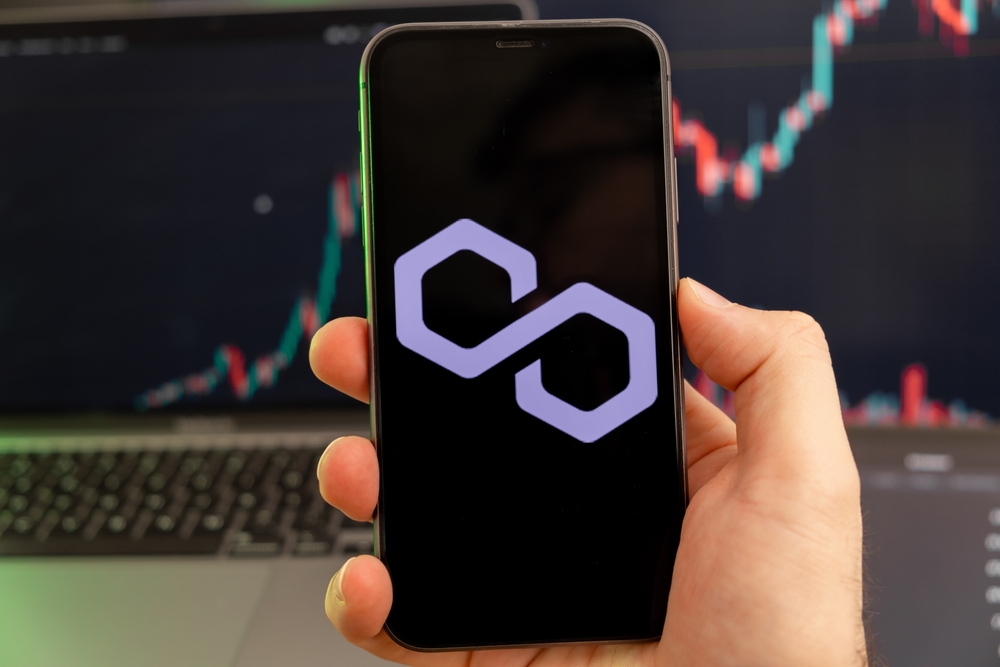Polygon Bridge is one of the tools improving the scalability of Ethereum by supporting the network’s integration with others. This guide explores all aspects of the bridge. By the end, you should know how it operates and how to use it.
Polygon Bridge Defined
Polygon Bridge is a cross-chain bridge designed to facilitate the transfer of non-fungible tokens and ERC-20 tokens between the Polygon and Ethereum networks. The bridge offers a way for Ethereum users to explore decentralized applications built on Polygon.
Although interoperability, the ability of networks to communicate with each other, is a key element in the evolving blockchain industry, there are still no reliable, cost-effective data-sharing tools at the time. So for the blockchains to integrate, they are forced to use additional tools like cross-chain bridges.
How Polygon Bridge Works
To be efficiently decentralized, Polygon Brodge uses a dual consensus mechanism. Moreover, the bridge’s architecture is compatible with the EVM (Ethereum Virtual Machine), making cross-chain crypto transfer execution instant without third-party risks.
It is worth highlighting that the Polygon Bridge mechanism does not affect a token’s circulating supply. That’s because any crypto asset leaving Ethereum to cross over to Polygon is usually locked up, and Polygon mints the exact token amount to be used on the network. Similarly, when a user wants to transfer their tokens back to Ethereum, the minted tokens get burned, and then those locked up are released.
As of August 17, 2023, Polygon offers two bridging methods: Plasma Bridge and Proof-of-Stake Bridge.
The Proof-of-Stake Bridge uses the PoS consensus mechanism to ensure the network is secured. This bridge facilitates instant deposits into the Polygon blockchain, but withdrawals may take a few minutes. Moreover, it supports cross-chain transfers of all ERC-20 tokens.
On the other hand, the Plasma Bridge lets users transfer the native token of the Polygon network, MATIC, along with tokens that use the ERC-721 and ERC-20 standards. The bridge uses an Ethereum scaling solution, Plasma, to enhance network security.
How Do You Use Polygon Bridge?
In this article, we will show you how to use Proof-of-Stake Bridge since it’s the most used bridging option. First, you need a crypto wallet that supports both Polygon and Ethereum. We recommend using MetaMask. If you don’t have it, visit metamask.io and download the wallet on your smartphone. Create an account and follow these bridging steps:
Step 1: Go to wallet.polygon.technology and then click the “Connect to Wallet” button.
Step 2: Select MetaMask as your preferred wallet, and a QR code will appear.
Step 3: Now, use your phone to access your MetaMask wallet. On the wallet’s homepage, you will see a scan icon. Use it to scan the code displayed on the wallet.polygon.technology page.
Step 4: Once the QR code is scanned, MetaMask will ask you to connect to the website. Click “Connect” to continue. A message will pop up on Polygon’s website confirming you have successfully connected your wallet.
Step 5: Click the “Bridge” button to access the Polygon Bridge platform. Now it’s time to transfer your ERC-20 tokens from Ethereum to Polygon. You can do this by selecting the crypto asset you wish to bridge. After that, enter the token amount and press “Transfer.”
Step 6: Before the transfer is executed, the bridge will provide you with important details about that transfer. Ensure you read them carefully, and click “Continue” only when you are satisfied.
Step 7: At this stage, Polygon Bridge will now require you to approve and sign the transaction in your wallet. This is done by clicking the “Confirm” button on your MetaMask wallet. After that, check the transaction status on Polygonscan. In most cases, the tokens usually arrive in under a minute.
To send those tokens back to Ethereum, go to the “Withdraw” tab on the Polygon Bridge platform.
Conclusion
Polygon Bridge is playing a key role in fueling blockchain interoperability. Thanks to the bridge, Ethereum users can now explore DeFi opportunities on Polygon and take advantage of the network’s cheap transaction fees.
